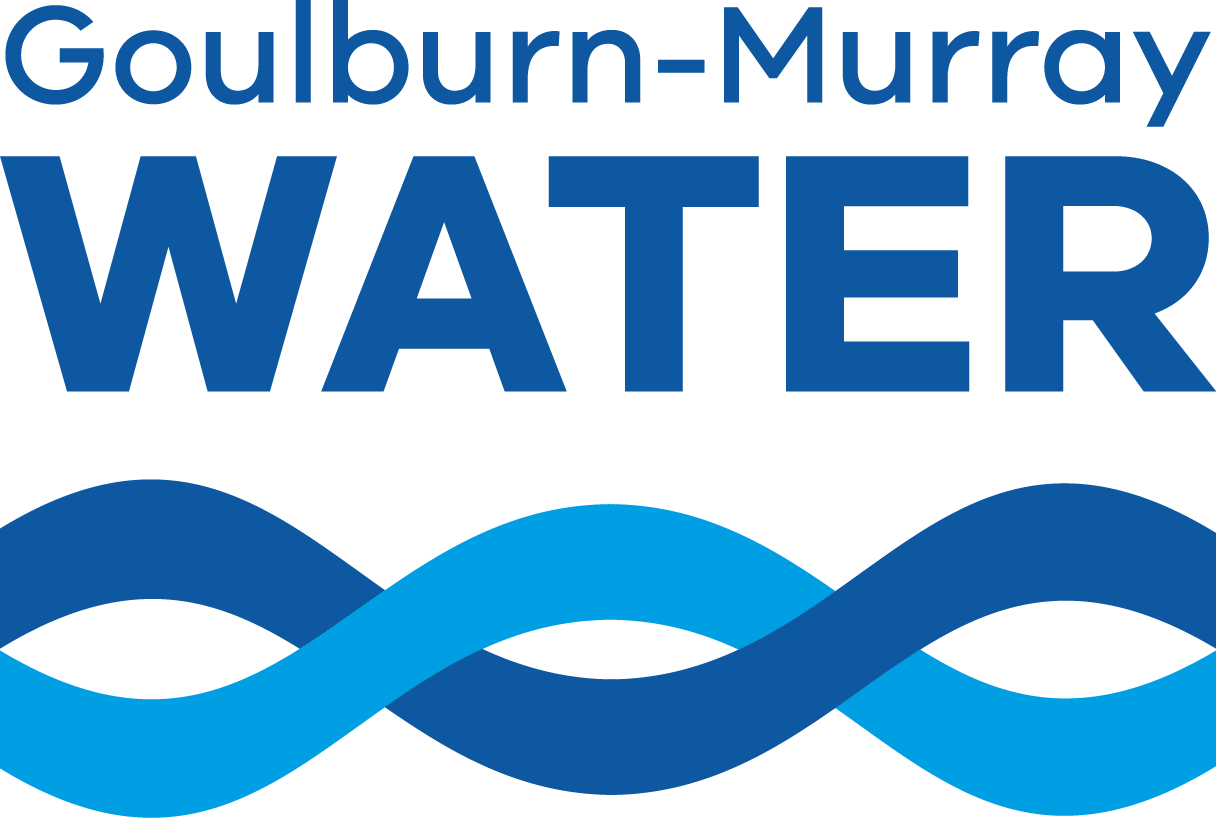Controllable
Controllable operating expenditure is the costs associated with the corporate management of running GMW as a business – including but not limited to; maintenance on all our assets, office/postage costs, insurances, rent and rates, vehicle running costs and labour costs.





